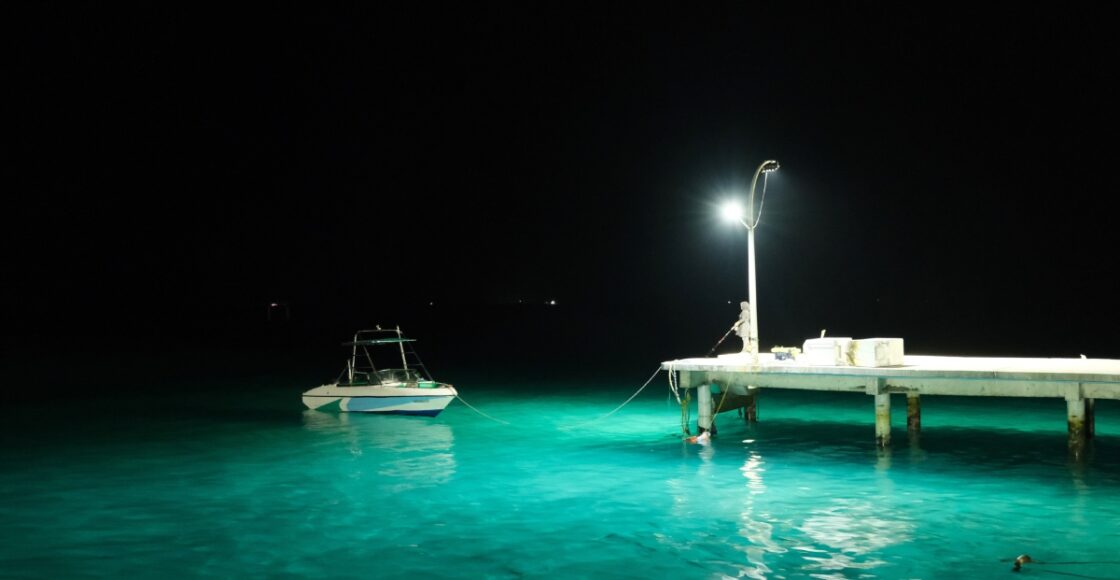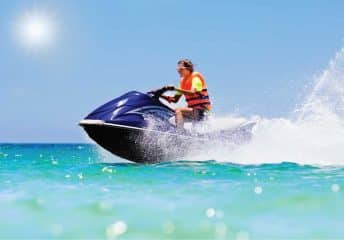Night Fishing Guide: Essential Tips & Tricks
Last Updated on August 29, 2024 by Boatsetter Team
When the night bite is the right bite, you’ll want to make sure you know the ins and outs of night fishing.
Whether you plan on prowling an inland lake in a bass boat or visiting one of the world’s top 10 saltwater fishing locations, there will be certain seasons when specific species are biting best at night. And night fishing can be very different from fishing in broad daylight—it requires some specific tackle and techniques, as well as some additional gear. You say you’re ready to hook up after the sun has sunk below the horizon? This guide will help you make it happen.
When to go Night Fishing
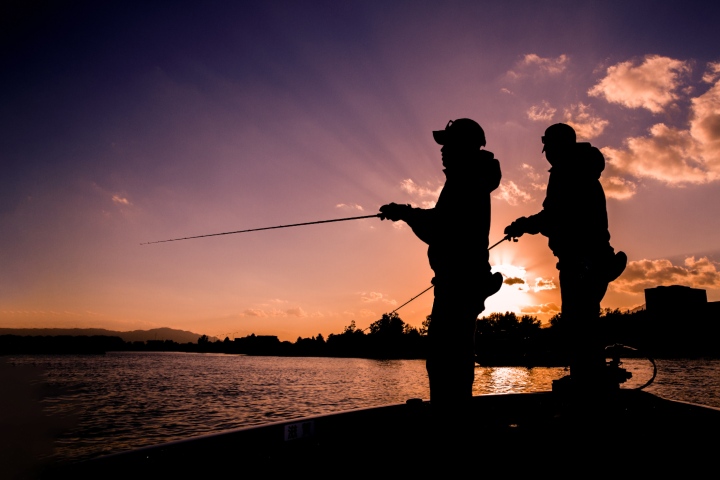
While night fishing is a top tactic at some times for some species, it isn’t always the case for all species. Flounder, for example, are known for feeding the strongest in bright daylight year-round. Many types of sharks feed more at night than they do during daylight through all of the seasons. Crappie feed during both night and day. And striped bass feed more at night during warm months of the year, but in many areas feed more during the day in the colder months of the year. All fish are different, and many vary their behavior by the season or the environment they’re in. So, the first step in deciding when to go night fishing requires some research on the specific species, time of year, and geographical area you’re in.
Once you know what’s biting and when, you can plan a night fishing trip. For many species in-the-dark activity ramps up with the moon phase, so to experience peak action you’ll want to try to time your adventure around the moon. Then, also consider the other environmental factors that always affect fishing: the wind, pressure changes, strong fronts moving through, and so on. Finally, remember that it’s always a good idea to start a trip before the sun sets. This allows you to get where you’re going and set up all your gear in daylight, when it’s much easier to do things like navigate a boat and tie knots in fishing line.
Gear for Night Fishing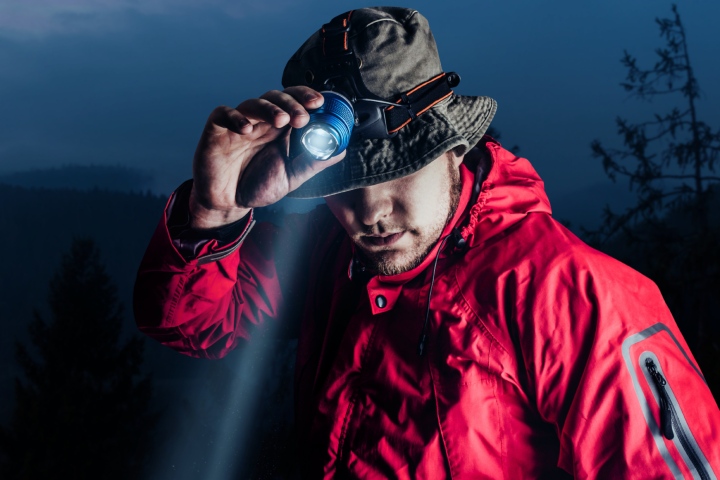
The most critical item to have when night fishing is a headlamp. Not a flashlight but a headlamp, because you need hands-free illumination in order to see when you’re doing things like baiting hooks and undoing tangles. You should also have a powerful flashlight both as a backup and as a signaling device. Remember to dress warmer than you normally would since it can get chilly at night even during the summer months. And if you’ll be on a boat in open water it’s a good idea for everyone aboard to wear a life jacket. For an added measure of safety everyone can also slip a cyalume light stick into a pocket or attach one to a belt loop, so if anyone ends up in the drink they can hold it up and it’s easy to spot them.
There’s one more type of light you’ll want, but this one isn’t for you—it’s for the fish. An underwater light is great for attracting bait, which in turn attracts predators. In fact, for some forms of night fishing a submersible light is considered a must-have. Just which type you’ll want to opt for varies by the fishery, but as a general rule of thumb green lights attract the most bait and the brighter they are, the better.
Tactics for Night Fishing
The same tactics you use during the day will often work great at night, however, remember that in the darkness many species will be relying on senses other than sight to find their pray. So generally speaking, natural baits which put some scent into the water will out-fish artificials in the dark of night.
If you do choose to use artificials, although it sounds counterintuitive you’ll usually do the best with dark colored lures. Blacks, browns, and purples may be harder for us to see in the dark, but they block out what little light is available from above, creating a silhouette that the predators can spot as they peer up from below.
Night Fishing Tips
Take note of these top three night fishing tips, which hold true across the board for different species, seasons, and places.
- Don’t set up at dusk, wait 45 minutes, and then move because you aren’t getting bites. When the sun goes down there’s often a lull in the action which lasts for an hour or so as the fish adjust to the change from daylight to darkness. For that first hour of dark you really can’t count on a ton of action and if you don’t wait long enough you might be leaving a prime spot where they just haven’t started biting yet.
- If you’re in an area where there are consistent sources of artificial illumination, like lighted bridges or piers, make them the destination. Fish often get accustomed to congregating night after night in areas where manmade light makes it easier for them to feed.
- As a rule you’ll catch predators just outside of the artificial illumination more often than you will inside the lighted area. The “light line” where illumination fades out into darkness is where those hunters are prowling, so make that zone your target.
You say you don’t mind missing out on a few hours of sleep and you’ll do anything for a hot bite? Give night fishing a try. You’ll discover that at many times of the year in many places, the night bite is the right bite.
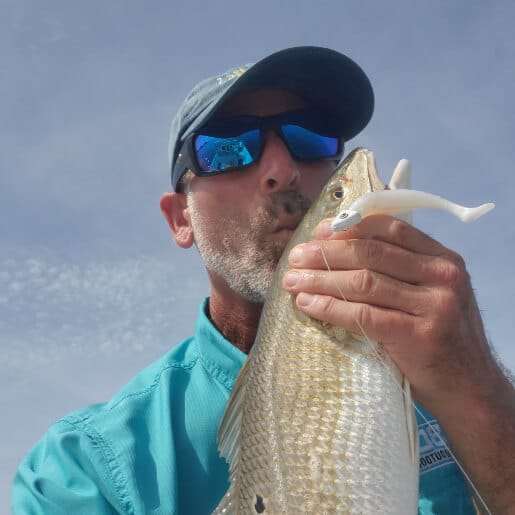
With over three decades of experience in marine journalism, Lenny Rudow has contributed to dozens of boating and fishing publications and websites ranging from BoatU.S. Magazine to BDOutdoors.com. Rudow is currently the Angler in Chief at Rudow’s FishTalk, he is a past president of Boating Writers International (BWI), a graduate of the Westlawn School of Yacht Design, and has won numerous BWI and OWAA writing awards.
